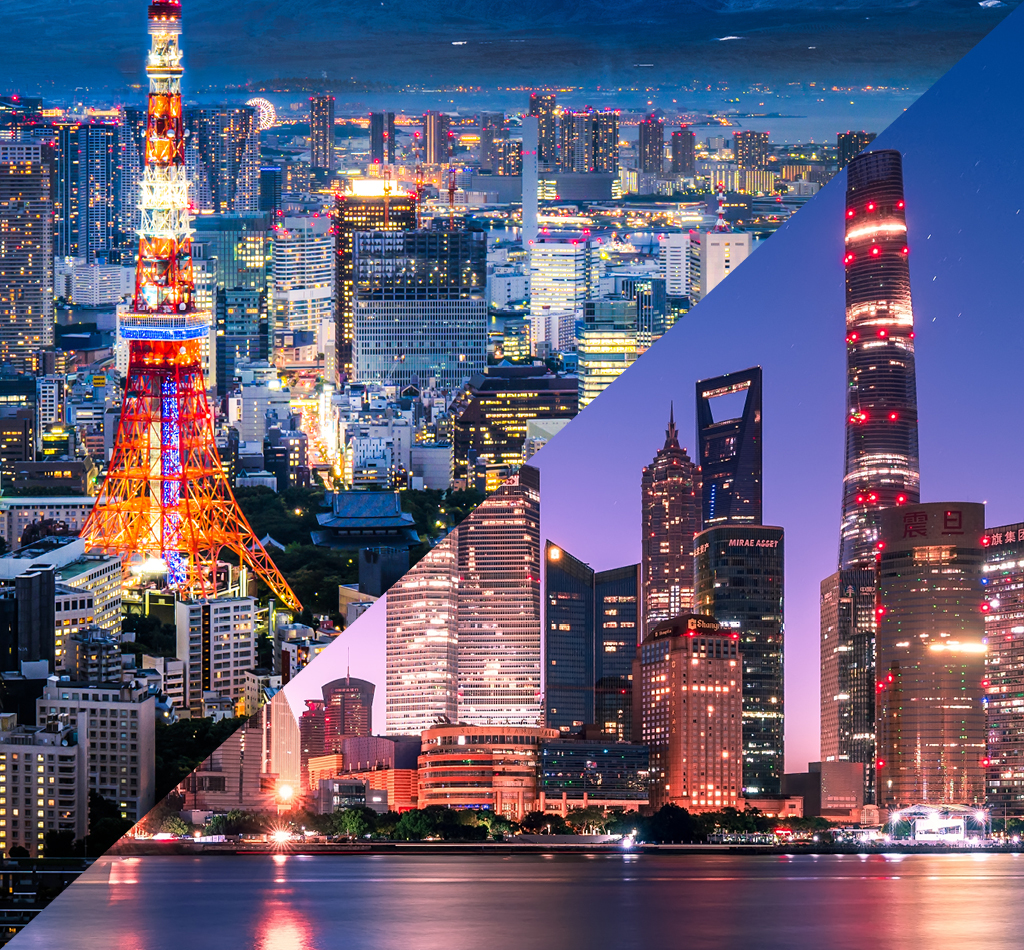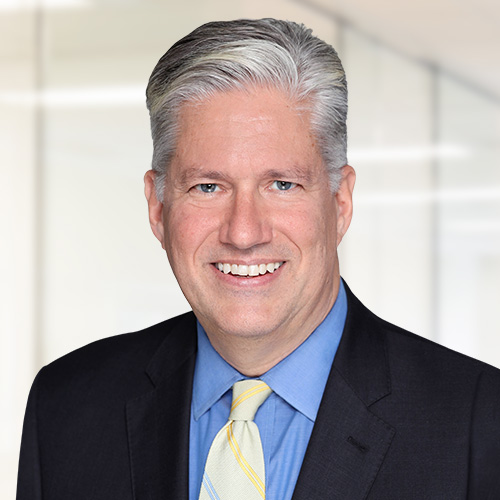Commentary
Russia-Ukraine
February 28, 2022
Last week, Europe was stunned by sounds of explosions and gunfire. The most terrible scenario repeatedly articulated by military experts and security analysts over the past few months has materialized, as Russia has launched its full-scale invasion of Ukraine. War in Europe. These words seem so surreal and are so difficult to process. It is both a humanitarian catastrophe and a challenge of the democratic order. The stakes have not been so high since the World War II.
In these tragic moments, as much as our thoughts and prayers are with the Ukrainian people living hell on earth, our duty is to analyze and anticipate the impact on markets and ensure that our portfolios are best positioned to mitigate the effect of the unprecedented events.
On the surface, Russia’s importance to financial markets is uncertain. Ranked eleventh in the world by GDP, with a stock market accounting for less than 1% of global equities in 2021, its relevance could be hastily overlooked. On the other hand, Russia’s critical role in the energy market is well understood, as it is one of the largest producers, with around 12% and 17% of the global oil and natural gas output, respectively. Europe will suffer from this war as it sources almost a third of its energy mix from Russia, with some of the key natural gas pipelines passing through Ukraine.
The direct impact on our strategies is limited at this point:
- both our global and international small cap strategies do not invest in Russia nor in Ukraine as they focus solely on developed markets
- in our EAFE strategy, 55% of the allocation is in Europe
- in our global strategy, the allocation is approximately 25%
- our names in the region are mostly concentrated in the western part of the continent (France, Italy, Germany and Spain), in Scandinavia and in the United Kingdom.
Unlike large capitalisation companies like Total which have big production facilities in Russia, the names in our portfolio do not derive much of their revenues from sales in Russia or Ukraine, and we do not expect them to be impacted by the sanctions being imposed due to the conflict. In addition, most of the companies we own do not have operations in these two countries. The ones that do have operations in Russia or Ukraine do not anticipate significant disruption from the situation.
Here are a few examples of names we own in Europe:
- Vienna Insurance Group AG has the largest exposure to Eastern Europe (62% gross premiums) mostly from Czech Republic, Slovakia, Poland, Romania. Ukraine is under remaining Central and Eastern Europe (along with Albania including Kosovo, Bosnia-Herzegovina, Croatia, Moldova, North Macedonia, Serbia). This represents 4.5% gross premiums.
- DFDS is an integrated shipping and logistics company and has a couple of ferry routes in the Baltic States that border Russia (Denmark or Sweden to Estonia/Lithuania). In 2020 this region accounted for 9% revenues, but Russia sales exposure should be zero.
- Palfinger AG is based in Austria and manufactures hydraulic lifting solutions, loading and handling systems for all interfaces in the transport chain. Its exposure to Russia is around 2%.
- De’Longhi is an Italian household appliance manufacturer and distributor. The company has approximately 6% exposure to Russia and Ukraine after its acquisition of Capital Brands and Eversys.
- Bucher Industries AG is an internationally operating Swiss engineering group. Revenue exposure to Russia is in the low single digit percentage. The group has two assembly and distribution plants in Russia that focus on the local market. The Kuhn Group plant relies on some Western technologies/components. In Ukraine, the group has one distribution facility with approximately 30 employees. To minimize FX losses, the group reduced the relevant local cash levels at the beginning of the February.
- Autogrill is a leader in food and beverage at airports and on motorways and has a joint venture in Russia but its contribution is insignificant in the big picture.
We also took the time to review our holdings that, even though they are not located in Europe, could be impacted by the situation. For example, in the US:
- Gentherm is a leading manufacturer of climate control seat systems with an Ukrainian facility.
- Located on the far western side of Ukraine, very close to the Hungarian border, it is one of their premier facilities.
- What did they do in 2014 when Russia invaded Crimea? Logistical planning, over built slightly in existing facility, plus prepared and reserved capacities at other facilities. These measures helped protect European customers, who are comfortable with the Ukrainian facility.
- Can this benefit? Yes, currency under pressure, and cost of goods sold is in local currency in terms of content. In 2014 the name had a positive impact on performance.
- Titan Machinery is the largest Case New Holland dealer in the US with 75 stores, mainly in the Midwest, it also has 20 stores in Eastern Europe (Ukraine, Romania).
- Where is the facility in Ukraine? It is located in the center of the country. Titan does not believe its assets in Ukraine are in jeopardy.
- What did they do in 2014? Delayed further shipment of unsold equipment into the Ukrainian market, given the environment in this region. Once a customer purchases a piece of equipment, they ship it from Western Europe into Ukraine.
And from our investments in Asia:
- Sales from Europe for our holdings in Asia range from 6% to almost 55%.
- DMG Mori is the largest machine tool company both in Japan and the world. Almost 55% of its revenue come from Europe with the biggest part coming from countries part of European Union (35%) excluding Germany. The portion of sales coming from Germany is only about 20%.
- Samsonite, the world’s largest lifestyle bag and travel luggage company, has 6.5% of its sales coming from Russia. The largest part of its sales comes from North America at 37% and Asia at 36%.
- L’Occitane, a global manufacturer, marketer and retailer of organic and natural skincare and beauty products operates in over 90 countries and has over 3,420 retail locations. Approximately 3% of their sales are in Russia.
Russia’s exports are dominated by primary industries. Main exports are crude and refined petroleum, petroleum gas, coal and wheat. In 2020, Russia was the world’s largest exporter of oil & gas combined, the second-largest gas producer (17% global output) and the third-largest oil producer (12% global output). The metals and mining industry represents between 3%-5% of Russian GDP and the country is one of the largest exporters of nickel, palladium, aluminum, platinum, steel and copper.
The nature of the Russian economy means that the highest direct revenue exposure for European Capital Goods names comes from suppliers of products, software and services to the oil & gas, metals and mining sectors. These include ABB, Sulzer, Siemens Energy, Epiroc, Metso Outotec, Sandvik and Danieli. Other companies with 2-3% of revenues include Schneider Electric, Alfa Laval, GEA, Konecranes and Wartsila. Mostly large cap names not names that we own in our strategy. At this time we believe our portfolio is well positioned but we will continue to monitor the situation closely.







